Strolling the streets of La Candelaria and Zona Rosa, you could be forgiven for thinking Bogota has an over-abundance of eateries, cafes and bars. Whole streets, in some areas, are entirely monopolised by hospo spots. Start your day with a cup of fair-trade coffee from a local roaster. Order up a tinto (black coffee), snack at street-side juice stands and arepa stalls (maize dough-based pastries packed with cheese, avocado and chicken) while ogling the glittering the spree of emerald shops in La Candelaria.
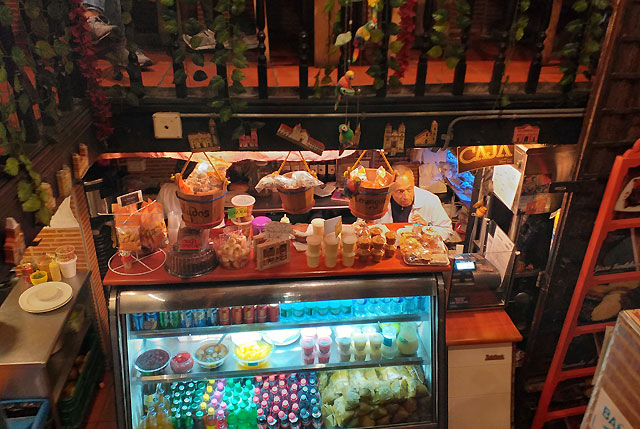
I was also keen to stake out some of the local signature tastes, beloved by Bogotanos. Being a reasonably chilly city given its altitude, it’s hardly surprising that two of most Bogotano contributions to the culinary landscape are soothing, hearty and warm. I fell in love with ajiaco which is a homey soup, packed with goodies including shredded chicken, corn, a variety of potatoes, avocado and a local herb called guasca.
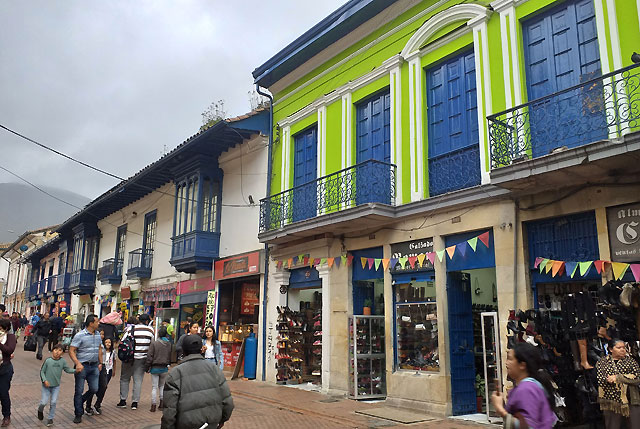
Colombians have very sweet tooths and in Bogota, a staunch tradition is mid-afternoon tea with chocolate complete, which comprises hot chocolate with cheese, buttered bread and biscuits. I eyed up dozens of quaint cafes faithfully executing this cold-weather warm-up. In la Candelaria, La Puerta Falsa is a star specimen, that’s done a roaring trade since 1816.
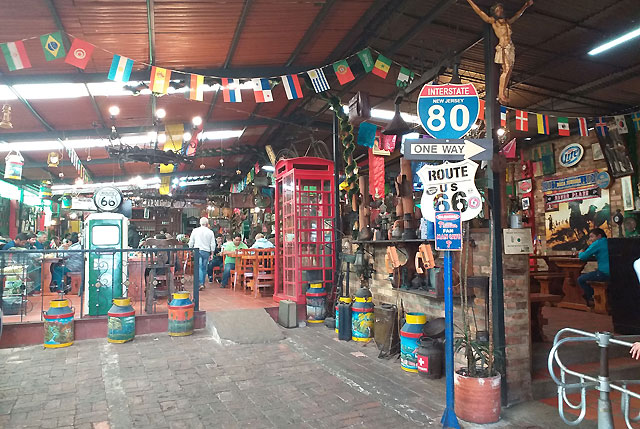
Like Argentina, Colombians love a good steakhouse, with a variety of meats slow-cooking on open fire pits. An hour north of Bogota, I had the most amazing meat-laden lunch in Zipaquira, at Brasa Dell Llano, a sprawling steakhouse, abuzz with live bands and retro kitsch. When the waiter was informed I was from New Zealand, he promptly whisked to our table, a two-piece flag-set, sporting the Colombian and New Zealand flags. How’s that for impressive hospitality?
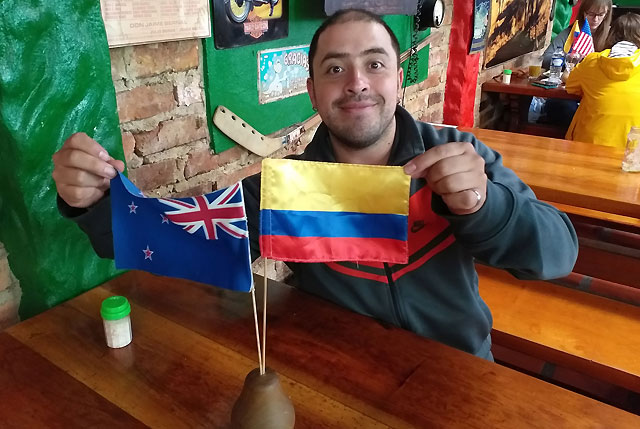
I feasted on a variety of succulent meats, including roasted creole hen, veal, sirloin steak, baby beef, pork ribs and much to my horror, chiguiro. What I blithely assumed was chicken turned out to be a cut of chiguiro, also known as the capybara, the world’s largest living rodent.
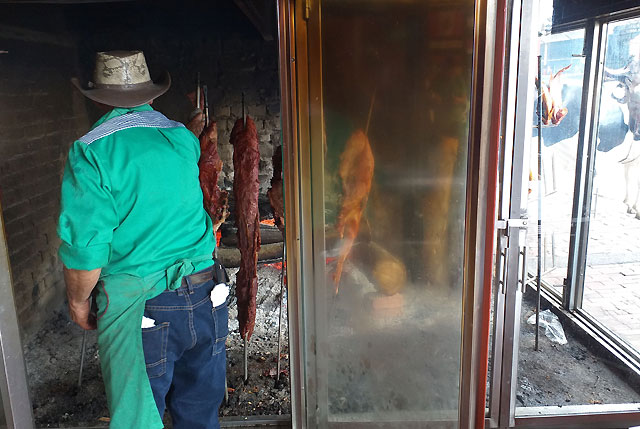
Much larger than a rat, with a box-shaped head, these most unusual mammals are semiaquatic, and inhabit much of South America. Despite nearly throwing up when I discovered I had just scoffed rodent, it was undeniably tasty.
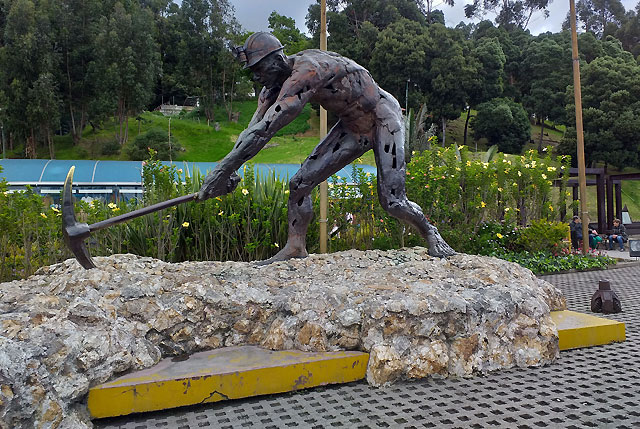
We were en-route to Zipaquirá, home to a gob-stopping underground church built in a 500-year-old salt mine, the spectacular Catedral de Sal. The massive salt deposits here have been exploited since the time of the Muisca, who traded it with different villages, and later by the Spanish. When Christianity arrived, the miners began hanging religious images on the walls for protection, which soon became a shrine.
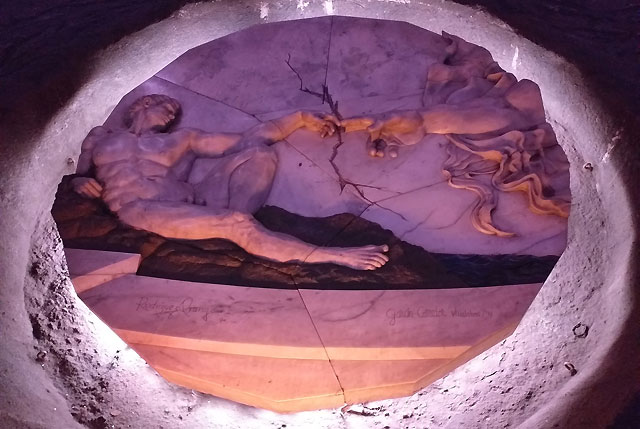
The first church in the mine was built in 1954, dedicated to Our Lady of Rosary, the patron saint of miners, and could hold 8,000 people. It was still an active mine, until it closed due to safety concerns in 1992. In 1995, a new, three-nave cavernous cathedral was built 190 metres below ground.
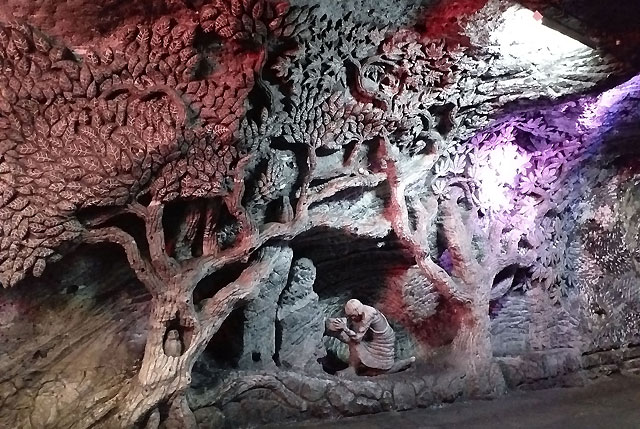
Wrapped around its surrounds, we passed by 14 small backlit chapels representing the Stations of the Cross, some artfully decorated, on this surreal subterranean walk to the cathedral. A total of 250,000 tons of salt was removed in its carved construction. Touch the walls, lick your fingers and there’s no denying the taste.
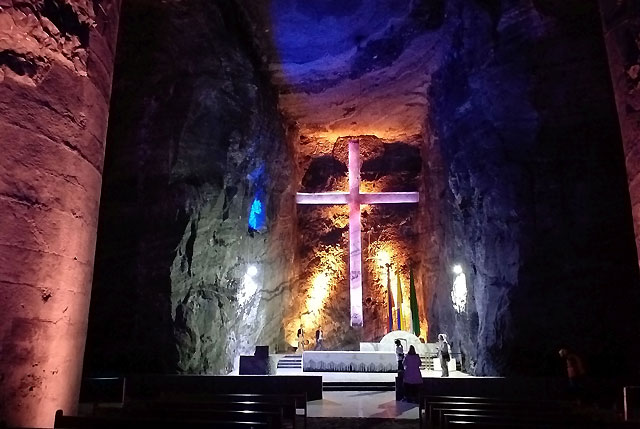
But behind the altar of the cathedral and evocatively lit, the largest underground crucifix in the world makes for a captivating sight. For believers, like myself, it is spiritually moving. Masses occur on Sundays, and occasionally concerts are held here too, for a capacity of 8400 people.
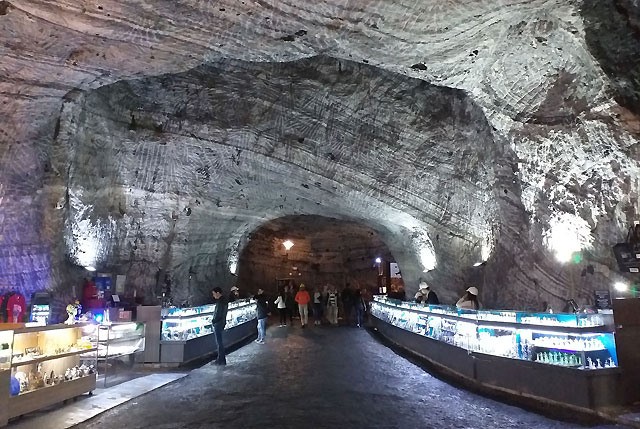
Masterly illuminated with mood-lighting, this ethereal underground sanctuary is truly breath-taking, rightly heralded as one of Colombia’s greatest architectural triumphs. Even the souvenirs area is well crafted.
Further northeast, my Viva Expeditions guide, Daniel, also escorted me to the gob-smacking Laguna de Guatavita, high up in the eastern ranges of the Andes. This 20-hectare crater lake, sacred to the indigenous people, the Muisca, for hundreds of years, is best known as the source of the myth of El Dorado.
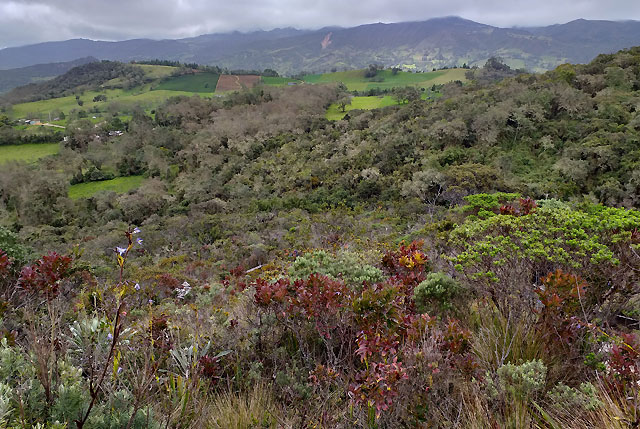
Rimmed by mountains and beautifully circular in shape, similar to a tarn, it was originally believed to have been created by a meteorite impact, or volcanic eruption. Scientists finally determined it was actually created by the dissolution of underground salt deposits, similar to a sinkhole. In pre-Spanish times, when a Muisca chief died, a nephew would be chosen to replace him.
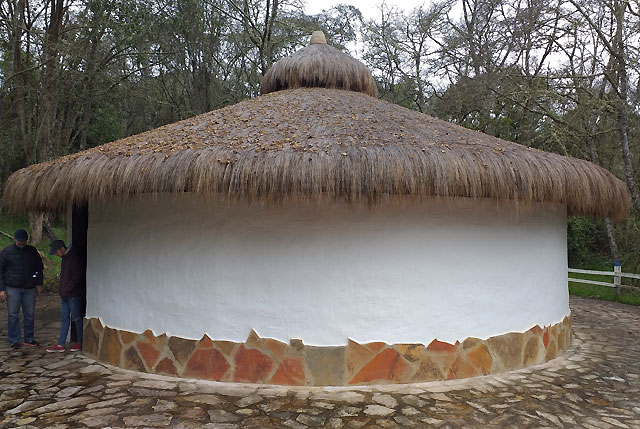
In that ceremony, the nephew would strip naked and be covered with mud and gold dust. He was then rowed out to the middle of the lake, jumping into its frigid waters, while gold and emeralds were tossed into the lake as a tribute, by his worshippers. The Muisca would craft elaborate gold pendants and figurines, called tunjos, inscribed with wishes, which they would toss into the lake. When the Spanish conquistadors and colonisers rocked into town and became aware of this sacred and gilded ritual, they finally thought they’d struck the El Dorado jackpot.
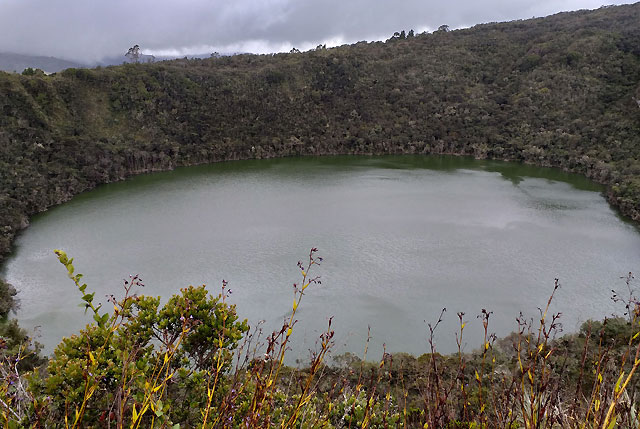
Gonzalo Jiménez de Quesada scoped the area in 1537, coming into contact with the local Muisca tribe. The lake was actually drained multiple times by the Spanish, who found very little of the treasure they had hoped to find, in this watery El Dorado. Cracks at the bottom of the lake are still evident of its draining. The Spanish ordered the Muisca tribe to use their pots and pans to pain-stakingly empty the lake. Feverishly determined to unearth the lake’s secrets, they even allowed the side of the mountainside crater to be blown up by dynamite by a wealthy Spanish merchant in the 1620s.
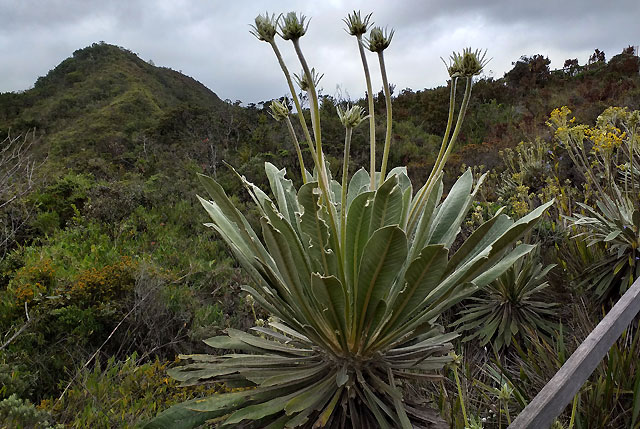
The evidence and scars of this rabid destruction is still readily conspicuous today – a savage folly inspired by the El Dorado myth. In 1856, an ornamental golden boat with the chief on it, supposedly depicting the coronation ritual, was found in a cave near Bogotá. Known as the Muisca Raft, it is the most prized relic in the collection at Bogota’s Museo del Oro, along with many tunjos. While direct access to the lake has now been cut off, a trail around the crater delivers panoramic views, along with the wonderful forest walk and wide perspectives across the surrounding verdant highlands.
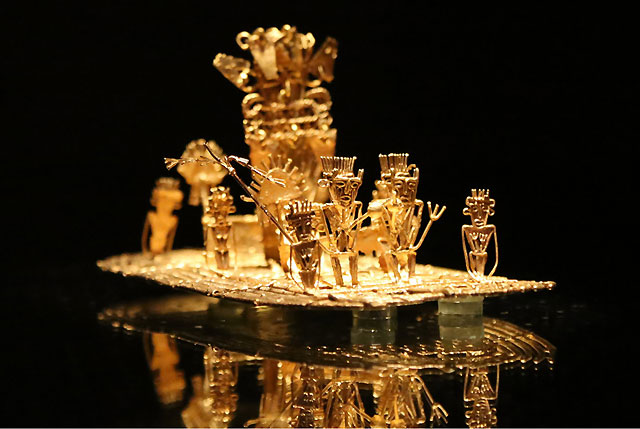
Now developed as an eco-tourism project, some recreated Muisca huts highlight indigenous history, while the high Andean forest vegetation is fascinating to explore. When the Spanish arrived into Colombia, Lake Guatavita’s water level was nearly as high as the crater rim, just below the ridgeline. Even today, the waterline is less than half the height it used to be. There’s a certain something about the place, a mood, an energy that speaks to its storied, sacred and traumatic history.
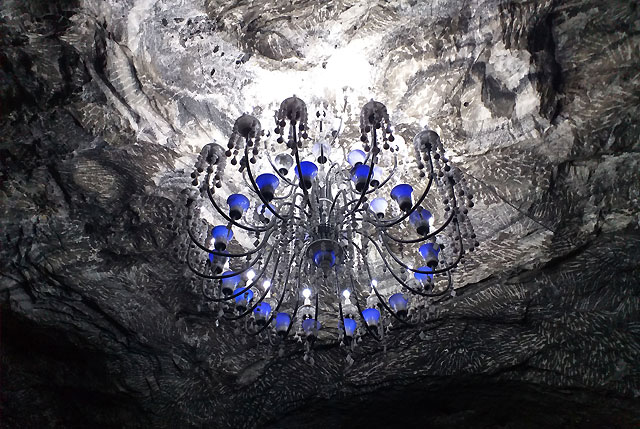
My eye-opening foray to Bogota and Colombia was with Viva Expeditions, who operate a wealth of touring options across South America, with outstanding on-the-ground expertise and support, ensuring your South American adventure is seamless, stress-free and full of magic.
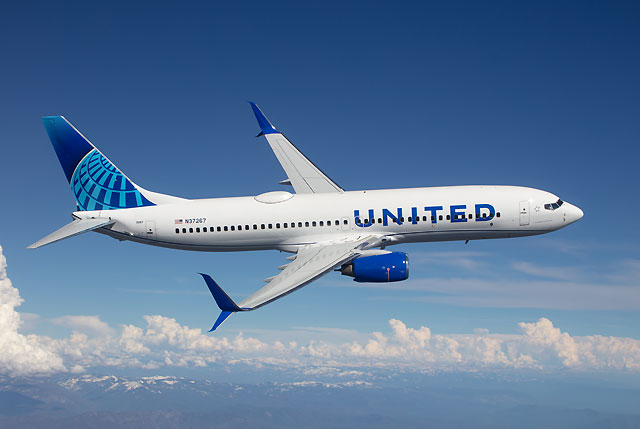
Getting there? Given Colombia’s position at the top-end of South America, I choose to fly via the United States to Bogota, first by jetting non-stop to San Francisco from Auckland with United Airlines. The conveniently timed overnight flight helped lull me into snooze mode across the Pacific, before catching onward connecting flights to Bogota via Houston. United boasts a far-reaching network of destinations and connectivity. Premium Plus is United’s new and improved Premium Economy offering.
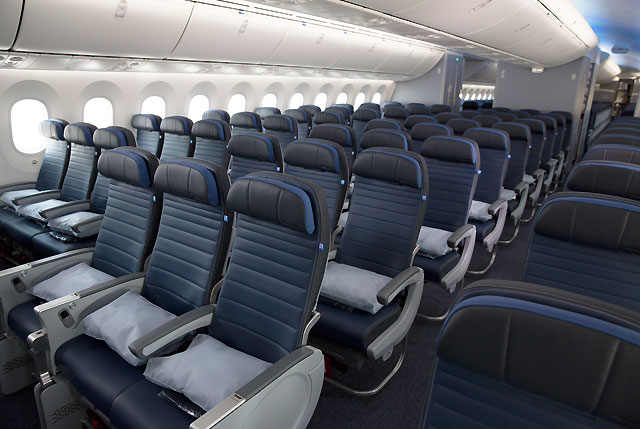
The seats are designed to be more comfortable than those in Economy, with extended recline and definitely more room for legs and elbows. You also get Saks Fifth Avenue bedding (a pillow and soft, woollen blanket) and slippers, and an amenity kit with socks, eye mask, ear plugs, dental kit and Sunday Riley hand cream and lip balm. Along with a 13-inch seatback touchscreen and noise cancelling headphones, premium passengers get an enhanced food selection too, elegantly served on proper plates with metal cutlery and linen napkins.
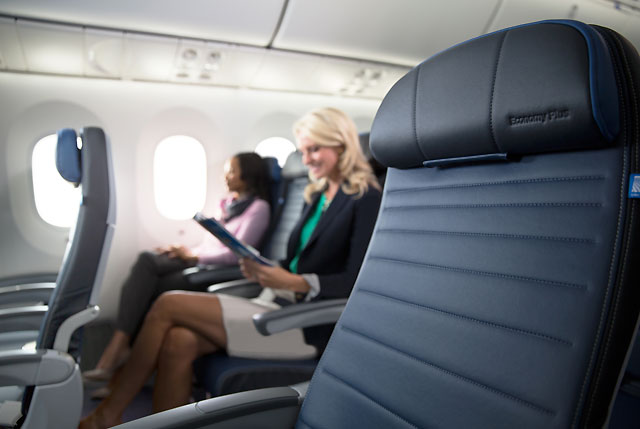
Whatever class of travel you choose, United serves up a vast library of movie, TV, audio and games channels available to watch on the seatback TVs or on personal devices using the United app. Plus you can order up United wifi on many flights. www.united.com


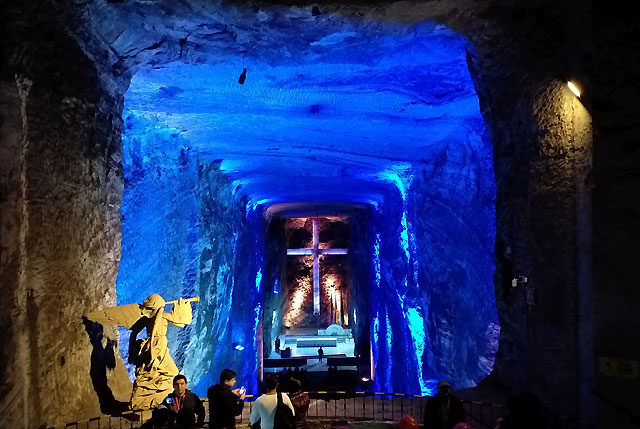

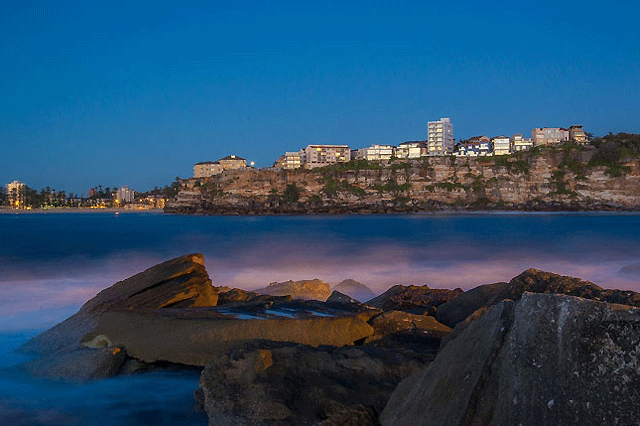


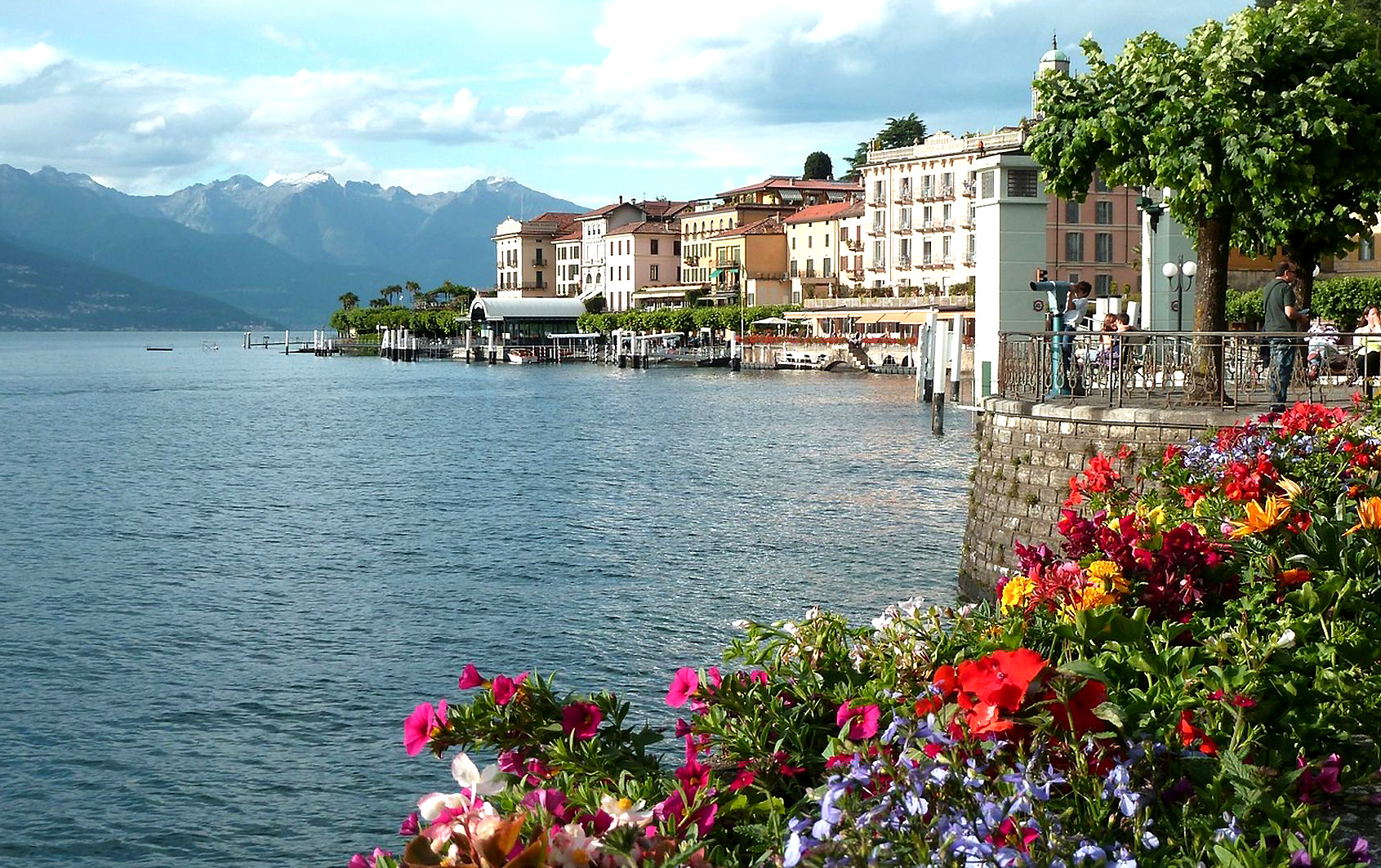

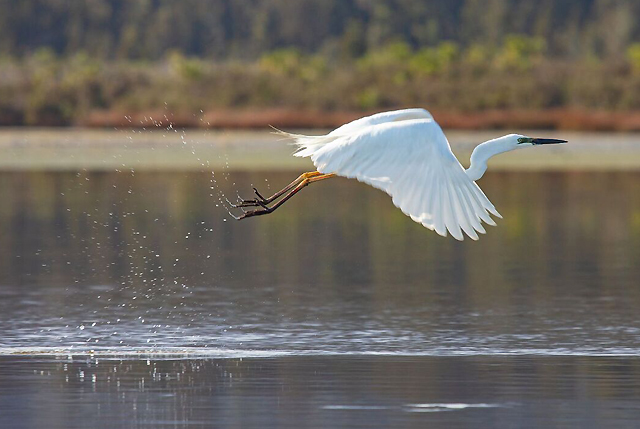
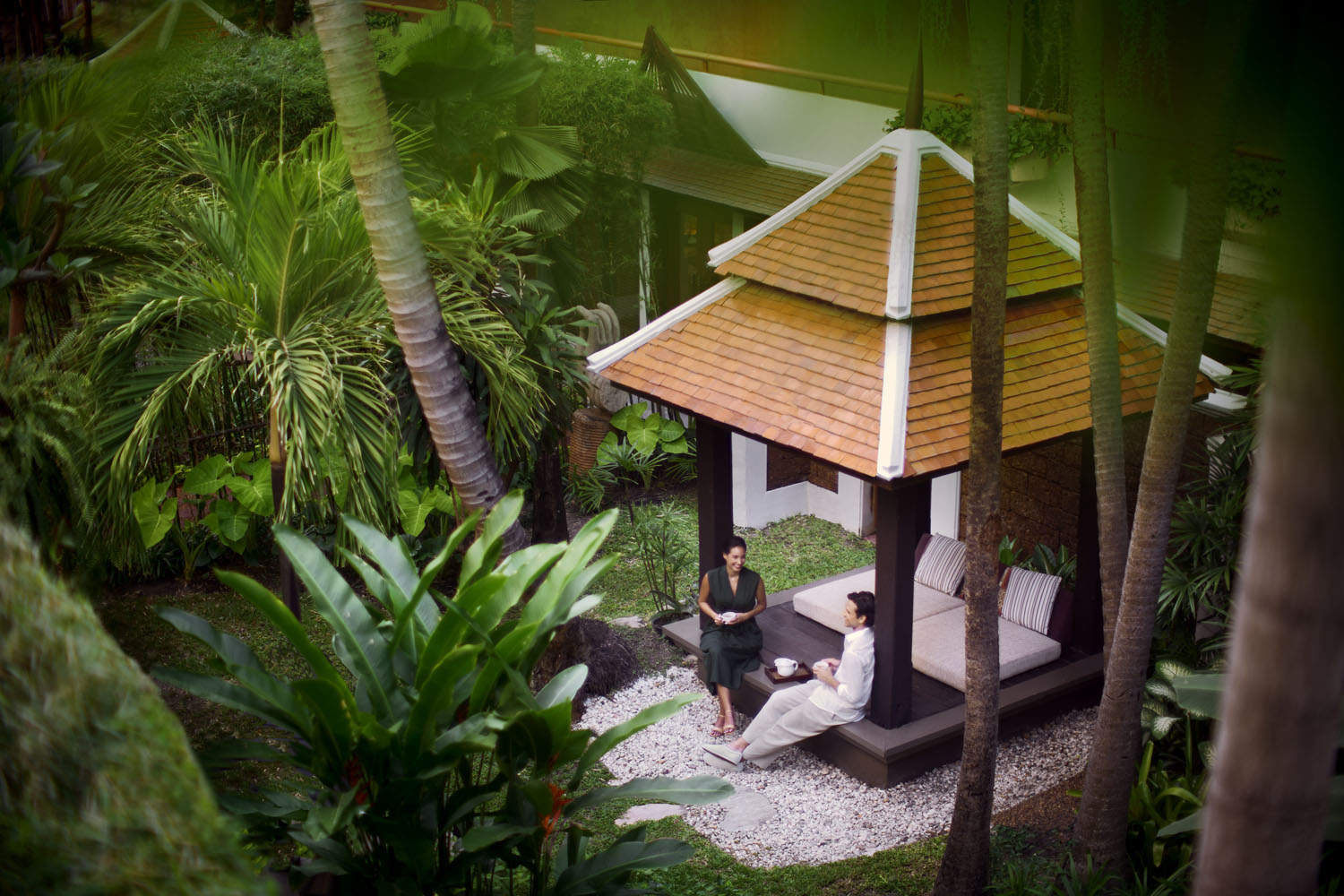
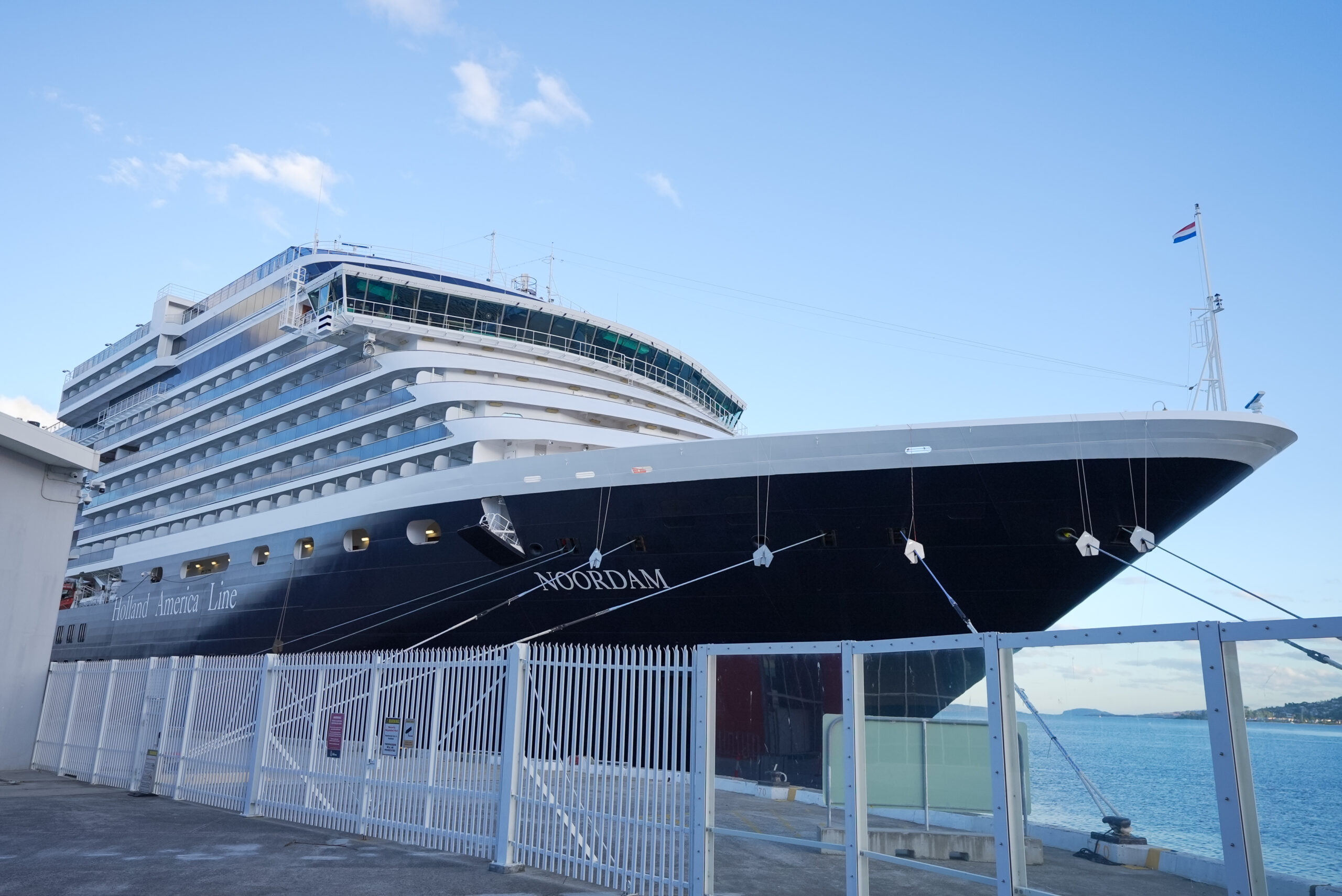
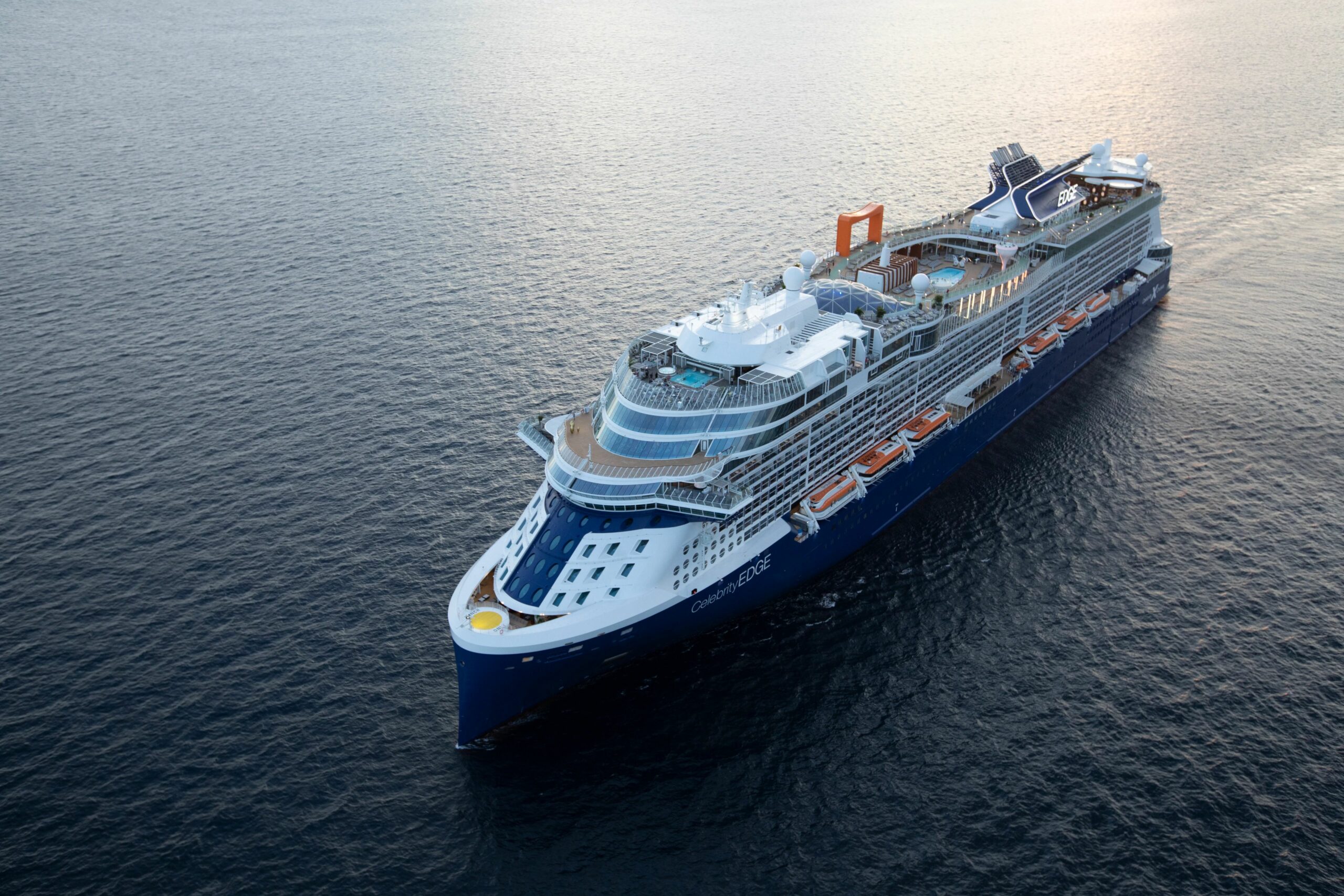
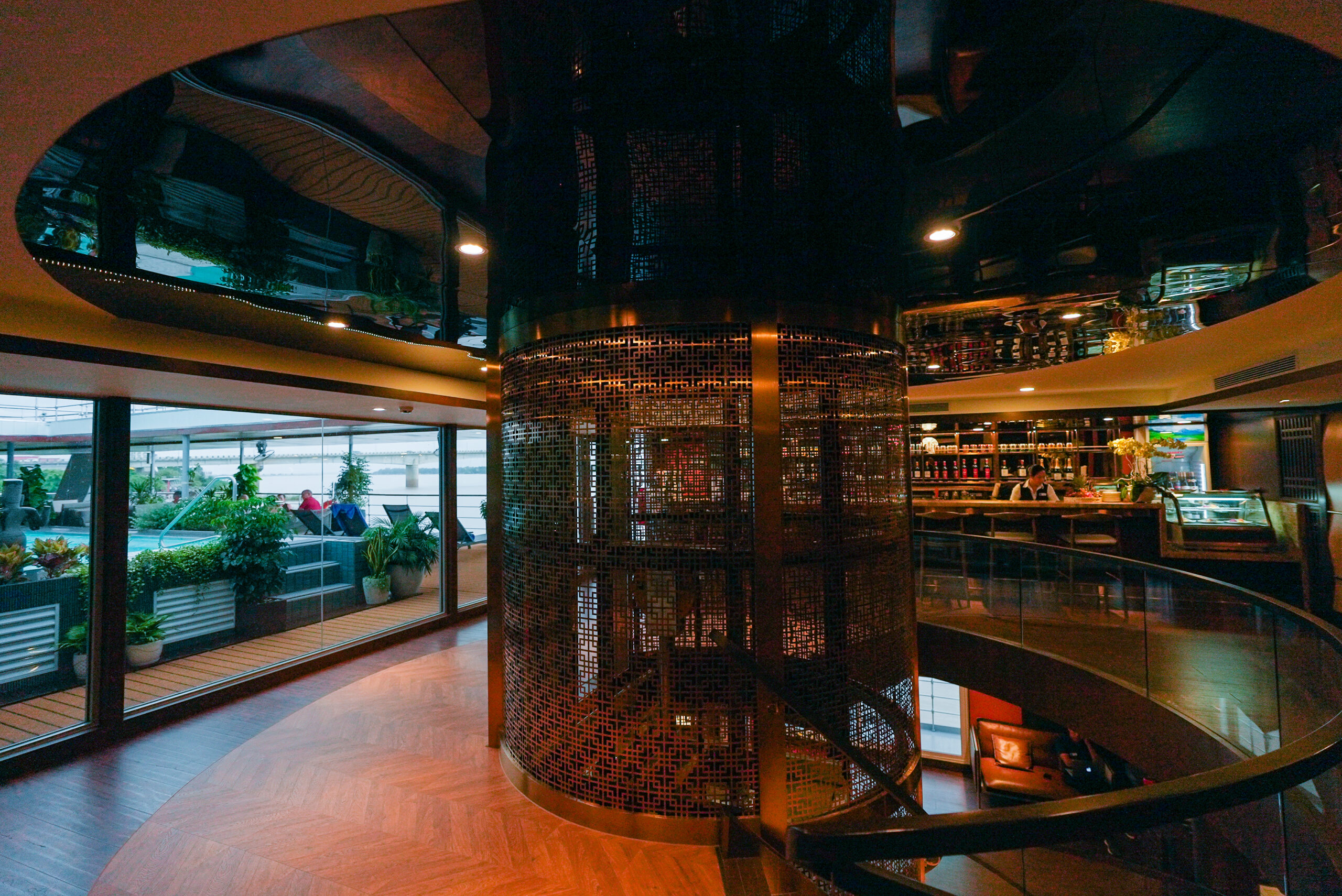
Recent Comments